On This Day…March 28th
Any landing you walk away from... A F9F Panther of VF-64 (Freelancers) crashes the barrier aboard the USS Yorktown (CVA-10) off Korea, March 28th, 1954...
The photo above shows the mothballed Yorktown at Puget Sound Naval Shipyard in 1948. From front to rear;
USS Essex (CV-9)
USS Ticonderoga (CV-14)
USS Yorktown (CV-10)
USS Lexington (CV-16)
USS Bunker Hill (CV-17)
USS Bon Homme Richard (CV-31)
The Yorktown was fully recommissioned in February of 1953 as an attack carrier (CVA) and went on to see service in Vietnam, and beyond...
Yorktown recovering the command module of Apollo 8 in December 1968.
USS Yorktown, final deck configuration, 1970.
A knocked out Sherman Firefly photographed during the Rhine crossing, March 28th, 1945.
The Vittorio Veneto after being struck by aerial torpedo at Battle of Matapan on 28th March, 1941...
Vittorio Veneto was the most active Italian battleship of the second world war. She took part in eleven offensive operations and had a lasting legacy. Twelve 90 mm anti-aircraft guns taken from Vittorio Veneto (post scrapping in England) eventually found their way to being recycled by the Yugoslav People's Army (JNA). They used the guns as armament of its Žirje Island coastal artillery battery. The battery played a pivotal role in 16–22 September 1991 Battle of Šibenik, as the Croatian National Guard used the captured guns to halt the advance of the JNA on Šibenik by holding 34 Yugoslav Navy's patrol boats in the harbour.
The Battleship USS Iowa (BB-61) being inclined in dry-dock in Bayonne, New Jersey. An inclining test is a test performed on a ship to determine its stability, lightship weight and the coordinates of its center of gravity.
British forces launched one of the most daring operations of the Second World War on March 28th, 1942, sometimes even known as “The Greatest Raid of All”.
‘Operation Chariot’ was a covert attack on the docks at St Nazaire in German-occupied France. The town of St Nazaire housed a dry dock which, in 1932 when it was constructed, was the largest in the world. The British had become concerned that the dry dock could be used to house and repair the massive Nazi warships, especially Bismarck and the Tirpitz.
The forces for the attack consisted of 265 commandos and 346 Royal Navy soldiers, and the plan in many ways was simple. HMS Campbeltown, a First World War-era destroyer originally belonging to the US Navy, was stripped down, fitted with extra armor at the bow, stuffed with four and a half tons of high explosives, and chimney stacks were cut to make it look more like a German ship during its approach.
Accompanying the Campbeltown were two destroyers and a flotilla of motorboats, some to provide covering fire, and others to (hopefully) transport personnel out at the end of the raid.
Just before midnight, British bombers began attacking the port, drawing German searchlights and anti-aircraft fire. However, the Germans began to suspect that something was wrong due to a lack of bombing. At 01:00 on 28th March, the port went black, searchlights switched off and guns silent.
Although identifying themselves as friendly ships, the British gained nothing more than a few more moments to approach and soon every German gun on the docks opened fire.
At 01:34 she hit the dock gates at a speed of 19 knots, the impact driving her 33 feet onto them.
The explosives, timed to trigger after British personnel had escaped, sat waiting in the bow of the beached Campbeltown. Commandos streammed out of the ship and spread out along the docks attacking strategic targets and laying decoys while while demolition teams set about their work.
In the bay, fire was being exchanged between the allied attack force and the German gun batteries. Many of the escape motor boats were destroyed, and many could not reach the docks to evacuate the raiders. Having set the scuttling charges on the Campbeltown, more than 100 commandos remained on shore, and the commanding officer, Lt Col. Newman realized that escape for many was no longer possible.
Gathering the survivors, he famously gave them three orders:
- “Do your best to get back to England”.
- “Do not surrender until all your ammunition is exhausted”.
- “Do not surrender”.
The stranded commandos charged a bridge and tried to fight their wait out through the narrow streets. Hugely outnumbered and running low on ammunition, they were soon surrounded and, with all the ammunition gone, they were captured.
Only five men escaped. These five commandos made their way south with the help of French civilians and eventually made it to neutral Spain, from there to England.
(yes, some fought in kilts)
The explosives aboard the Campbeltown were meant to trigger at 04:30 but, with captured men waiting anxiously for the blow to fall, nothing happened.
(some of the prisoners looking far from disconsolate after the Campbeltown blue)
However, around noon, a group of senior German officers and civilians were inspecting the Campbeltown, unaware of the danger. Without warning, the bow exploded, killing them and more than 300 others, mainly soldiers. The dry dock was utterly destroyed and remained out of action for the rest of the war.
Of 622 men who took part, 169 were killed and 215 captured. 89 medals were awarded, many posthumously, to the men who took part in the raid.
USS Princeton (CVL-23) underway in the Delaware River, off the Philadelphia Navy Yard on 28th March, 1943.
Bf 109 F-4 (Yellow 1) of JG 54 of Lt Hermann Graf on March 27th, 1942.
He became the first pilot in aviation history to claim 200 aerial victories—that is, “200 aerial combat encounters resulting in the destruction of the enemy aircraft”. In over 830 combat missions, he finally claimed a total of 212 aerial victories, almost all of which were achieved on the Eastern Front.
F4U-1D Corsair of VMF-224 on the catapult ready to launch from the escort carrier USS Sitkoh Bay (CVE-86) – March 28th, 1945.
The ‘lesser spotted’ Henkel He 112 B - those ‘Spitsair’ wings are interesting.
The Germans sold these He112s to Hungary, Rumania, and Japan. In the Pacific Theatre of Operations in WWII, the Japanese did run some of these aircraft; the allied code name for them was, ‘Jerry’.
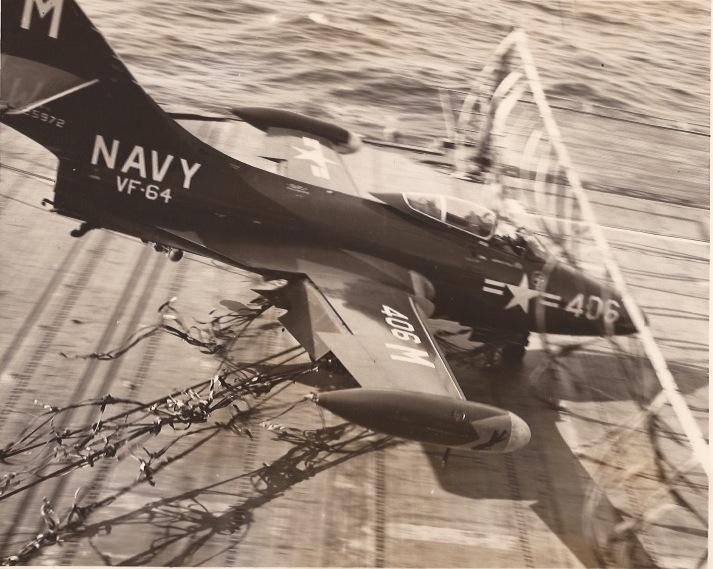
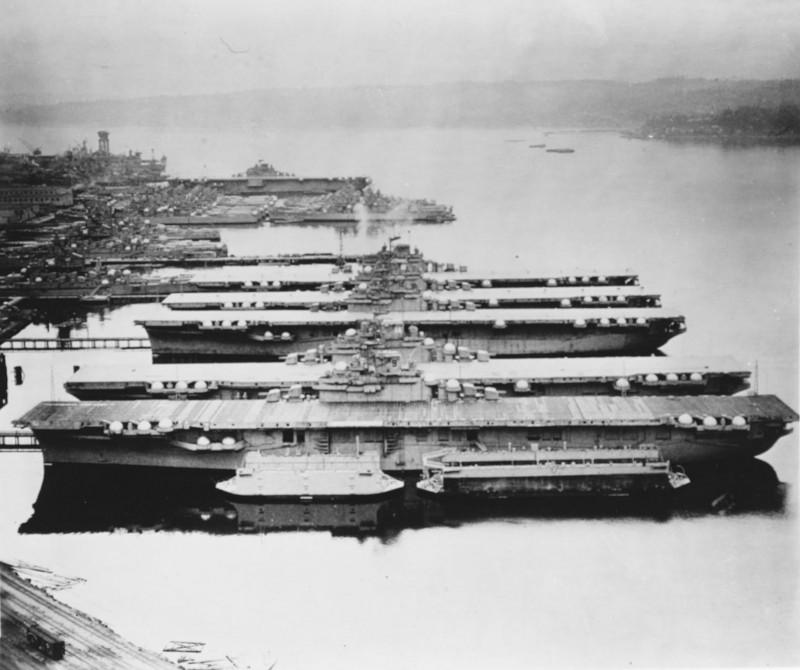
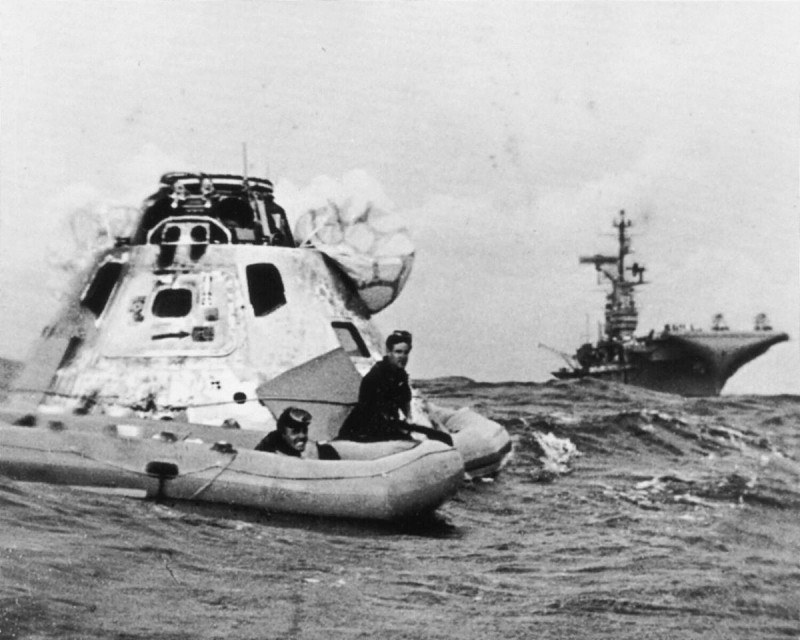
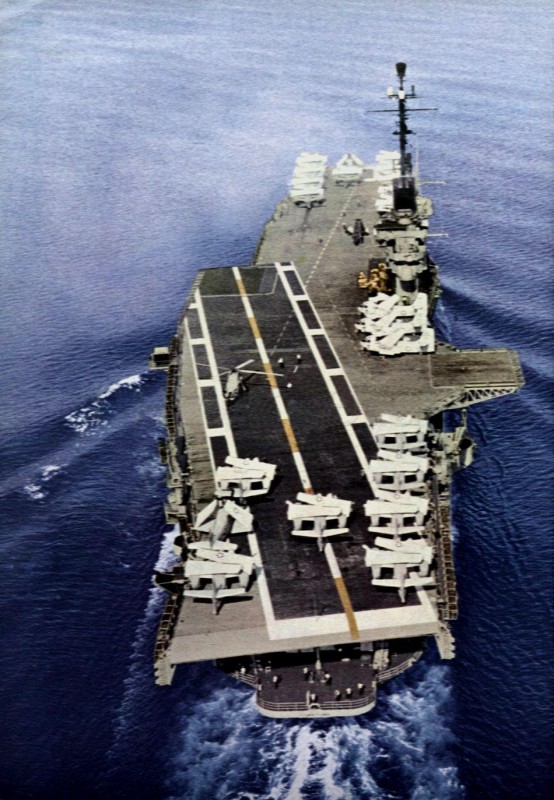


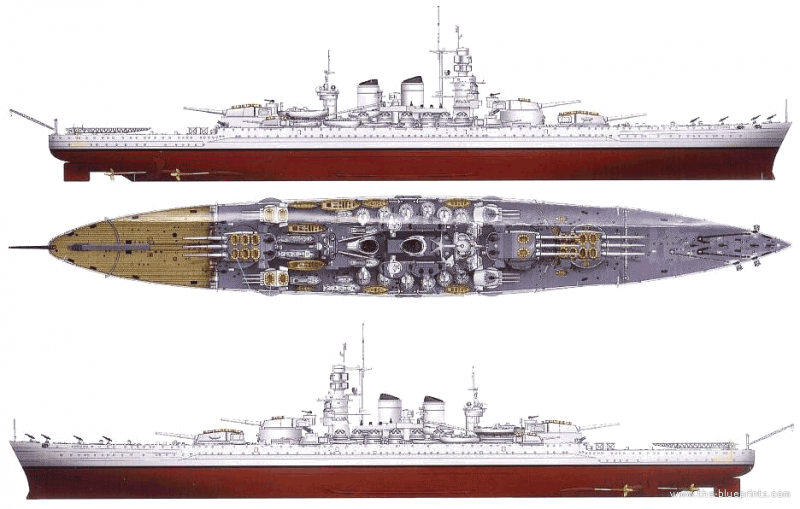

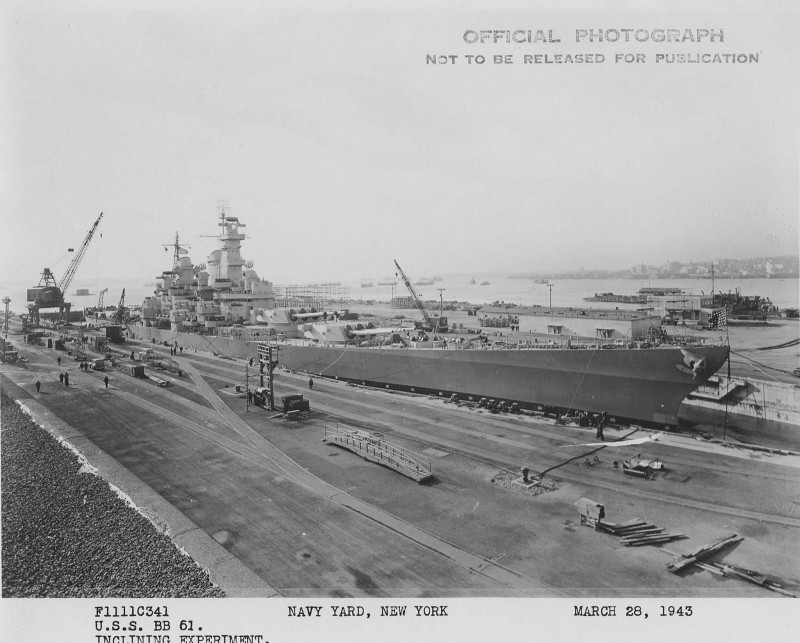
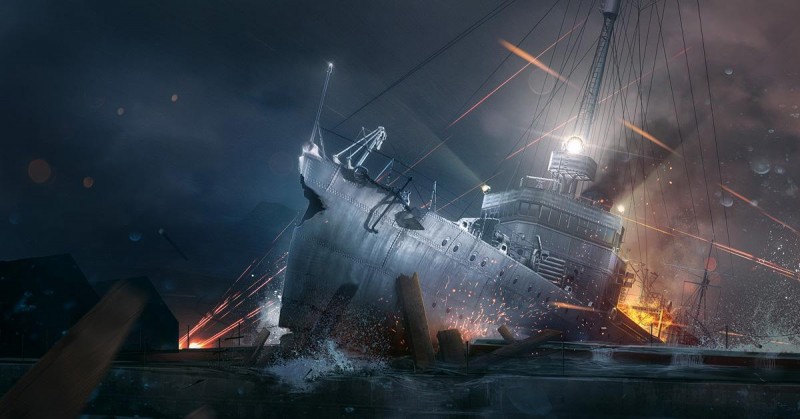

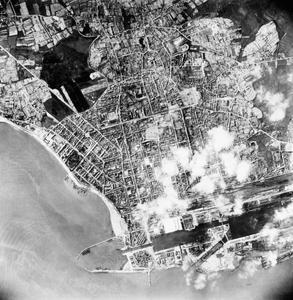
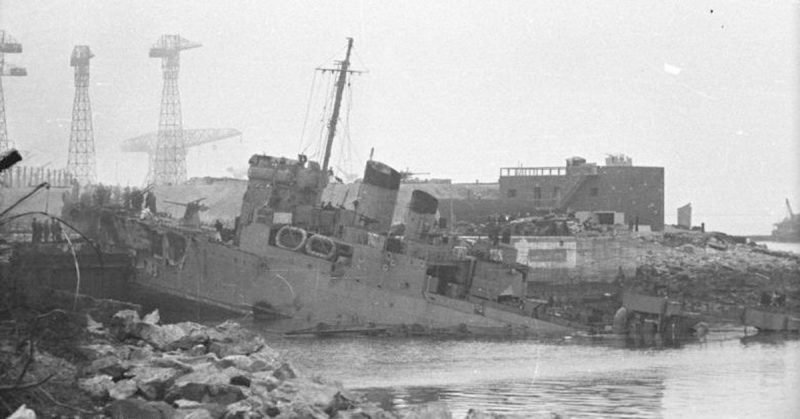
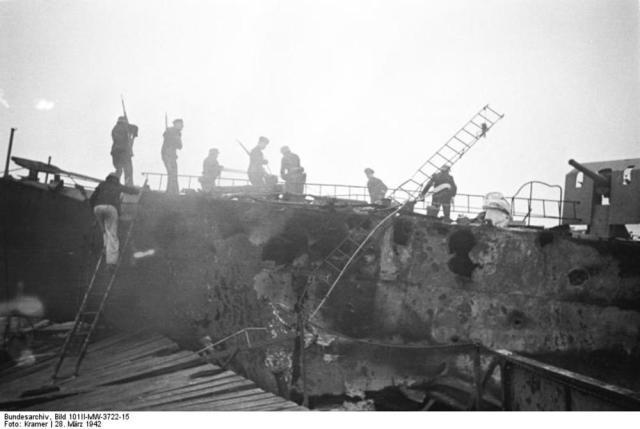
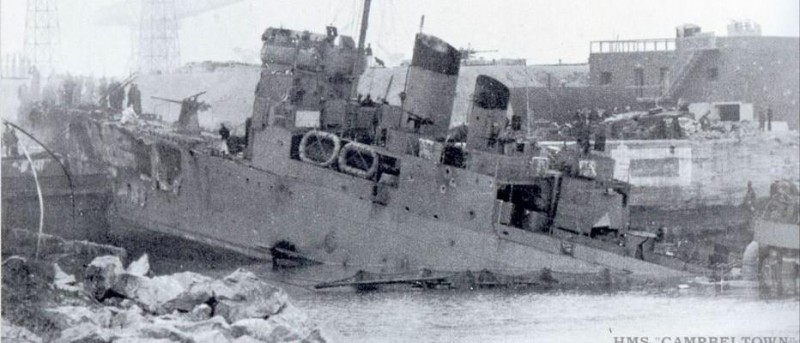
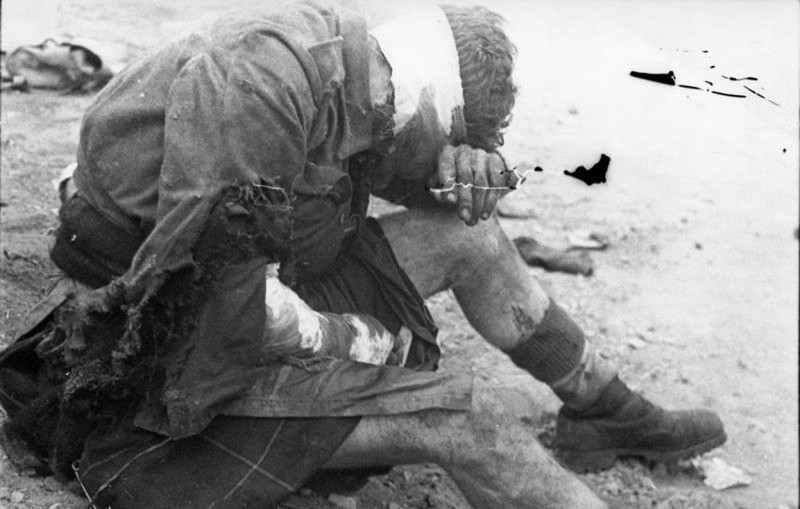

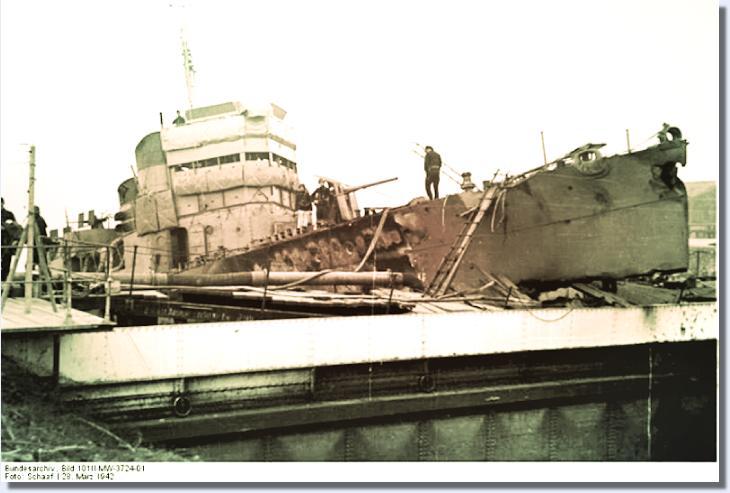

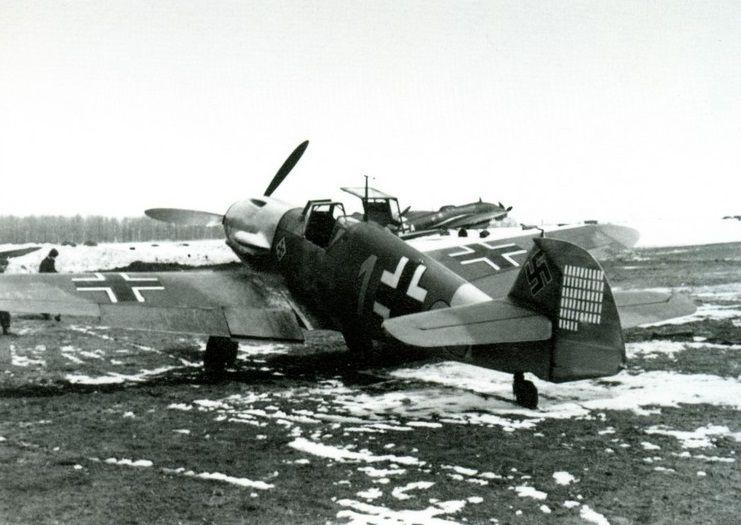
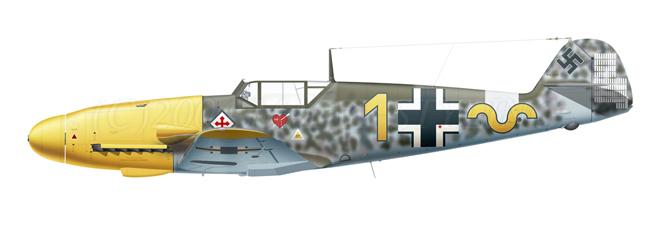
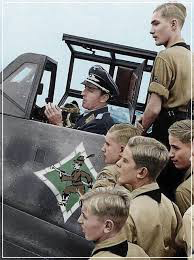
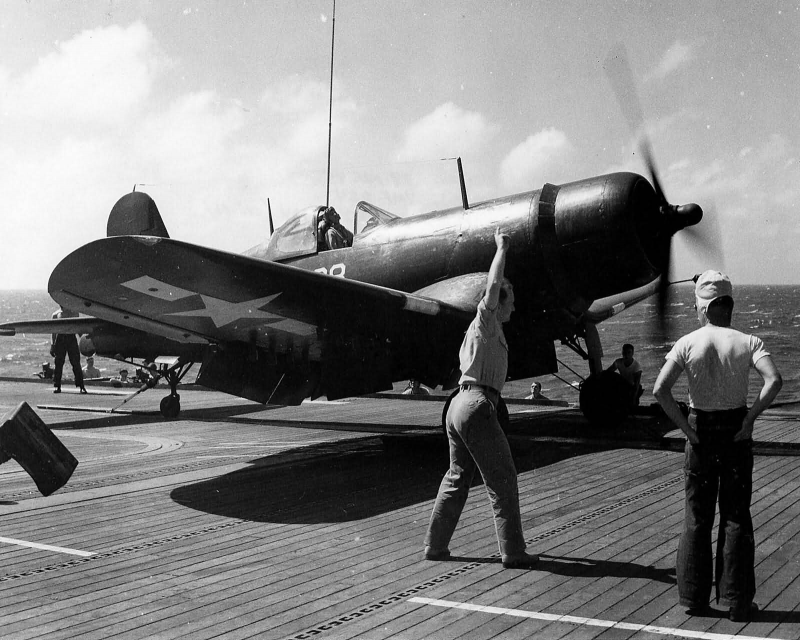
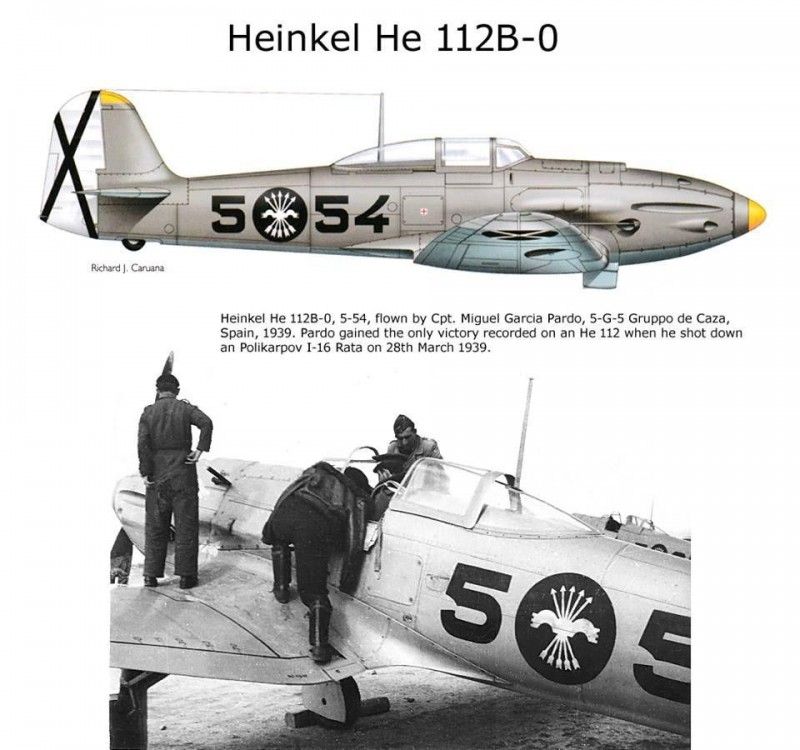

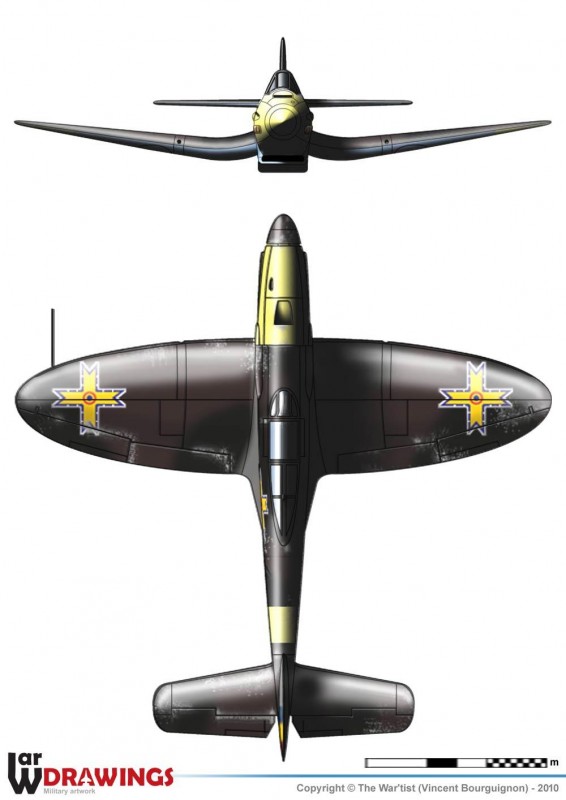
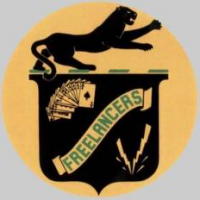
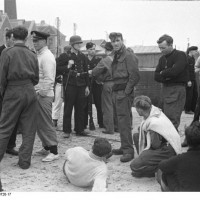


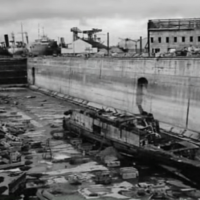
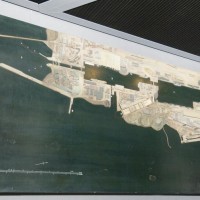
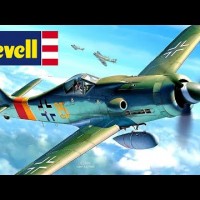
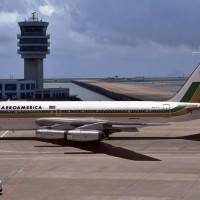

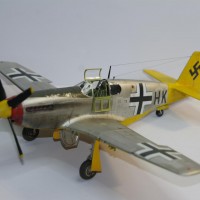
Hermann Graf was also one of the Luftwaffe POWs who joined the Soviets and eventually took up residence in the Deutsche Demokratische Republik when the POWs were finally released in 1955.
Thanks for the comment, Tom. A really interesting aside to Graf and his post war life is that he developed Parkinson’s Disease. Oddly, many of the surviving Luftwaffe aces, particularly the high altitude fliers (Graf was tasked with leading a high altitude wing that specifically tackled Mosquitos) were prone to developing this degenerative nerve disease. No one is at all sure what (if any) the correlate is.
HMS Campbeltown began life as the USS Buchanan DD 131, a flush deck four piper, before being transferred to Great Britain.
1 attached image. Click to enlarge.
Yeah - you posted that 1/72 He 112 just for me! Fortunately for my pocketbook, I don't touch resin kits... 😉
The series is getting predictable - got to get a little more clever about this. You are the third person to catch me out on ‘nudges’ - these little Easter eggs are fun.
@gkittinger
Well - just so's you know - I just checked my stash and I DO have Heller He-112 in there!
It don’t surprise me, my friend. Now you just have to make her...
...don’t you?